Pioneering Japanese-American Hollywood actor George Takei visited Japan in June and spoke at various venues across the nation sharing his compelling life story of overcoming many forms of discrimination. His visit coincided with America’s LGBT (lesbian, gay, bisexual, and transgender) Pride Month in June, during which all sorts of activities are held to increase awareness of LGBT rights. A large crowd came to see him speak at an event in Tokyo. One of his fans even walked in dressed as the character Takei played on Star Trek and sat down in the front row. As soon as Takei took the stage, there was a huge round of applause and cheers from the audience. You can view a video of the speech here.
Boldly going where no Asian-American actor has gone before
At this point you may be wondering what’s so special about George Takei. Well, even people who’ve never heard of George Takei have surely heard of the television program Star Trek. The first episode of Star Trek was aired in 1966 and the series went on to become the gold standard of science fiction on TV, drawing huge numbers of fans both in the U.S. and abroad. Later it was made into a movie and numerous sequels followed. The most recent installment of the new Star Trek series was released in movie theaters just last year, proving once again that the popularity of Star Trek never seems to fade.
George Takei played the role of Hikaru Sulu, helmsman of the starship USS Enterprise, on the original Star Trek TV series as well as the first six Star Trek movies. As a character, Sulu portrayed the Asian stoicism and samurai spirit that made him a popular character both in the television and movie versions of Star Trek.
The name Sulu was taken from a body of water in the Philippines called the Sulu Sea. Gene Roddenberry, the creator of the original Star Trek series, wanted the character of Hikaru Sulu to represent all of 23rd Century Asia instead of a particular country in Asia today. Instead of being an expert at kendo (Japanese fencing), Sulu wields a fencing foil to emphasize the globalism of the future. Roddenberry envisioned the USS Enterprise as a miniature Earth. One of the most remarkable things about the show was how the diverse crew cooperated with one another beyond race and religion to pursue the lofty goal of advancing into outer space. The meticulous plot development that pursues this theme throughout the series reveals that the creators of the show had strong feelings about the racial discrimination and social unrest that was prevalent in the United States and the rest of the world at the time.
Battling racial discrimination
George Takei was born in Los Angeles on April 20, 1937. His parents were Japanese Americans. He was living a peaceful life with his family, and then suddenly one day their whole life was turned upside down. War broke out between the United States and Japan in 1941. With the onset of the war, Japanese Americans were viewed as a security risk and were interned in war relocation camps. George and his family were taken to an internment camp in 1942. The living conditions at the camp were extremely harsh and it was there that Takei learned to be resilient and patient. At the end of the war, they were released and returned to Los Angeles after spending three years at the camp.
In 1956, Takei enrolled in the University of California, Berkeley, where he studied architecture. Later he decided that he wanted to become an actor and transferred to the University of California, Los Angeles in 1958, where he received both a Bachelor of Arts and a Master of Arts in theater. After graduation, he managed to get by as a struggling actor, but the roles available for Japanese-American actors were extremely limited. Takei got his first big break when he landed the role of a spaceship’s captain on Star Trek. He was the first Japanese-American actor to play the role of a regular character on an American television series. Takei is now a chairman emeritus of the board of trustees of the Japanese American National Museum, and is considered to be one of the most successful Japanese-American actors who ever lived. He has succeeded in capturing the hearts of people not only in the Japanese-American community but across the entire nation.
LGBT rights… the final frontier
While Takei was fighting against human rights discrimination during the war, he was also battling with another kind of discrimination because of his homosexuality. Out of fear for losing his job as an actor, he was forced to live a double life for many years. But slowly, things started to change. No only gays and lesbians, but even straight people started to become more aware of the issues facing the LGBT community, and efforts to win rights for them started to spread. In 2005, a law was passed in both house of the California legislature that legalized same-sex marriage. However, the governor exercised his veto and the bill was rejected. Takei was furious because the governor had obtained the support of the LGBT community in the election by expressing his acceptance of them. His anger at this betrayal instilled in him the motivation to speak out as a member of the LGBT community. He came out formally in 2005 and has been involved in a multitude of activities to fight for LGBT rights ever since. Following the California Supreme Court ruling allowing same-sex marriage in May 2008, Takei married Brad Altman, his partner of 20 years, in September 2008 at the Japanese American National Museum in Los Angeles.
Takei says being gay was something to be ashamed of when he was young, but today same-sex marriage has been elevated to a political issue. He also says that prejudice against homosexuals is on the same level as racial discrimination and runs counter to basic human values and the fundamental values that America stands for. Takei is now using a variety of different methods and media to fight for the rights of LGBT people.
One of the ways he is working to achieve this goal is through Facebook. His Facebook page now has over 7 million followers and he receives tens of thousands of “likes” and several thousand comments whenever he posts something. Despite celebrating his 77th birthday this year, he hasn’t slowed down at all, posting several items every day and amassing a huge number of avid followers who support him and agree with his views.
Our mission – to build a society that embraces diversity
People around the world are now engaged in various activities aimed at winning legal rights for LGBTs and eliminating discrimination against them. Instead of just striving to achieve a society that embraces racial diversity, we must now also work to build a society that accepts sexual diversity. What role can each of us play in creating this society? One way to get the ball rolling and start thinking about this issue is to watch this video of Takei’s speech. I hope this will be a starting point for people to learn about and be inspired by George Takei and his activities as a proud Japanese American and member of the LGBT community.








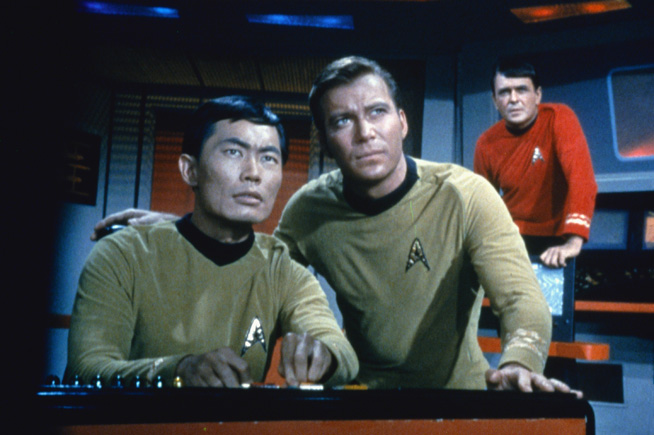

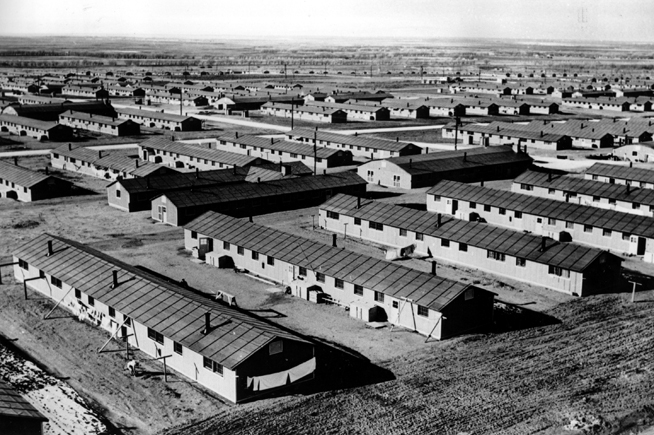
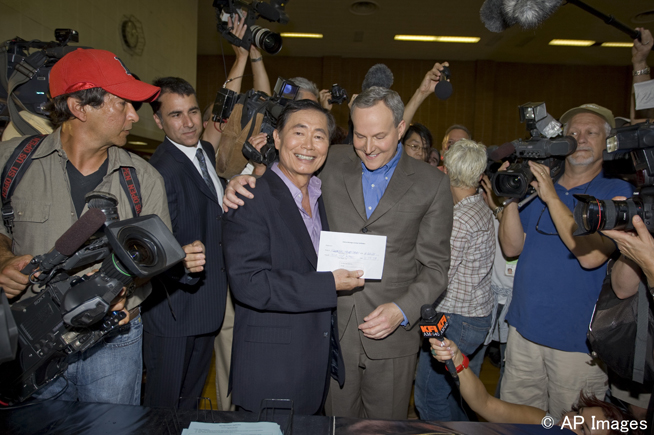
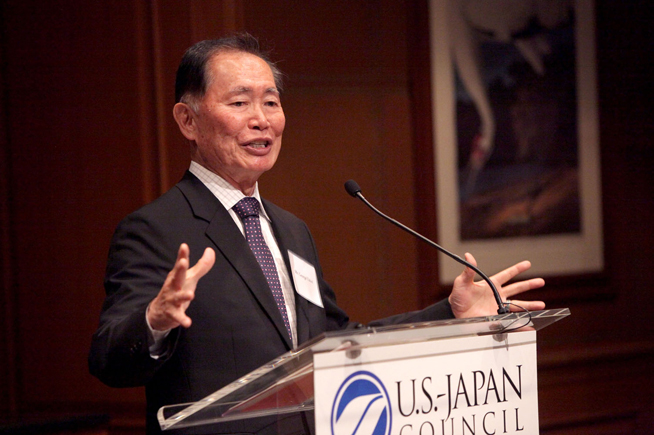
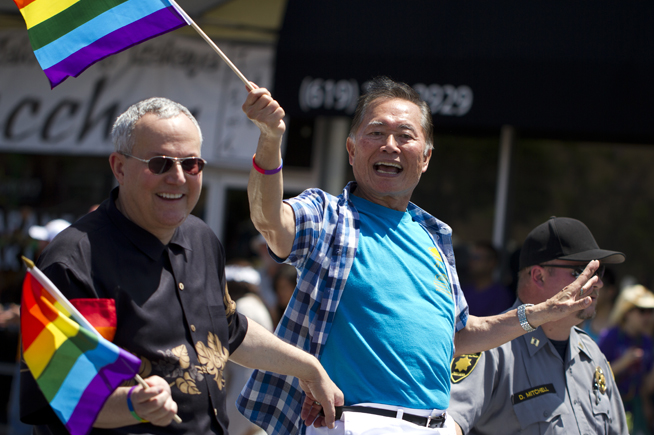
COMMENTS0
LEAVE A COMMENT
TOP